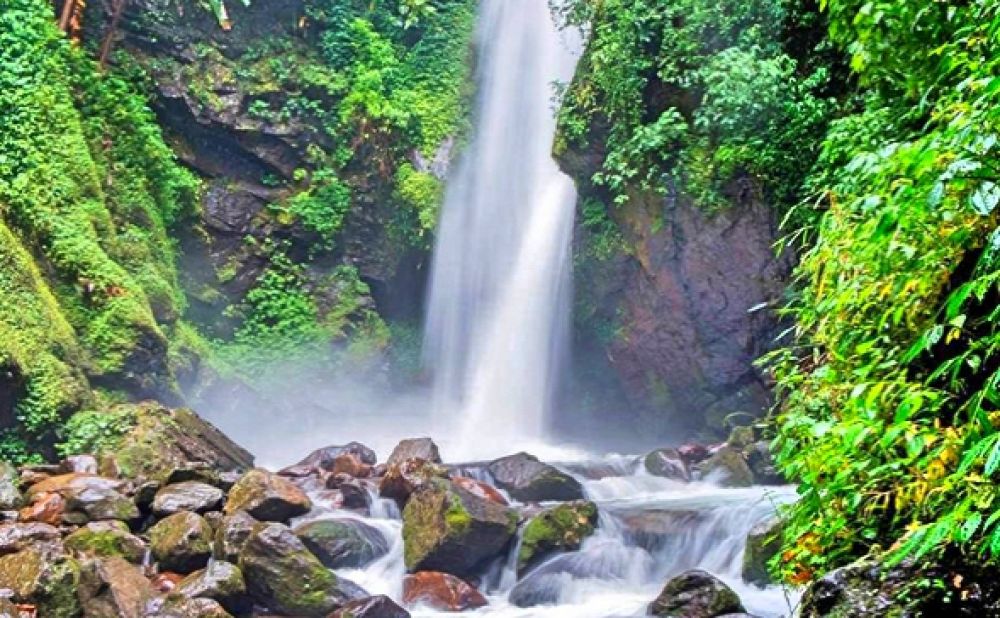

Tucked away in the West district of Sikkim, the serene town of Pelling is home to the splendid Kanchenjunga Falls. Named after the third highest mountain in the world, Mt. Kanchenjunga, the falls have been a symbol of nature's bounty in the region. The falls were relatively unknown to the wider world until the mid-1990s when local tour operators began to recognize the potential of this natural wonder. It was after the consistent efforts of these local stakeholders that Kanchenjunga Falls started to gain popularity among tourists.
With the advent of tourism infrastructure development in Sikkim, visitors began flocking to Pelling to witness the magestic waterfall. This surge in popularity led to increased government attention, resulting in improved access roads, better facilities, and conservation efforts to preserve the pristine environment around the falls.
In recent years, there has been a shift towards sustainable and responsible tourism practices in and around Pelling. Tourists are now seeking more immersive experiences that allow them to appreciate the natural beauty without contributing to environmental degradation. Eco-friendly lodges and homestays have become increasingly popular among visitors as they offer a closer peek into the local way of life while minimizing the ecological footprint.
Adventure tourism has also seen a rise with trekking, mountain biking, and rock climbing being the preferred activities for thrill-seekers wanting to explore the rugged terrain of Sikkim. Kanchenjunga Falls serves as a scenic backdrop for such adventurers as they embark on their journeys through the Himalayan landscape.
Digitalization and online marketing have played a significant role in boosting the tourism industry in the area. Now, potential visitors can virtually explore the falls through high-quality images and videos shared on various social media platforms and travel websites, making the destination more accessible to a global audience.
To preserve the falls and its surrounding areas, government agencies, along with local communities, have implemented stringent measures to curb pollution. Efforts such as banning single-use plastics and organizing regular clean-up drives are in effect to maintain the natural purity of Kanchenjunga Falls. The local populace is also increasingly involved in tourism-related activities, which contributes to their economic sustenance and empowers them to take charge of preserving their natural heritage.
If you're planning a visit to Kanchenjunga Falls, the best time to go is between March to June and September to December when the weather is most pleasant. The falls are easily accessible via a short hike, which adds to the experience as visitors traverse through lush greenery to reach the cascade. Although the site does not have an extensive history as a tourist spot due to its relatively recent discovery, it's quickly becoming one of the must-visit destinations in Sikkim for both domestic and international travelers alike.